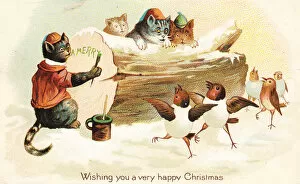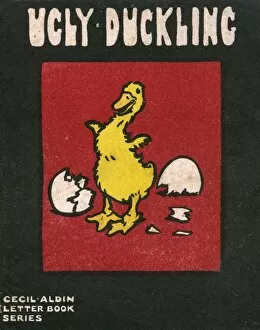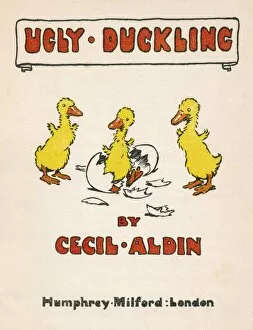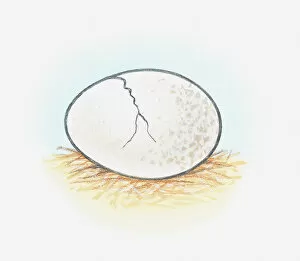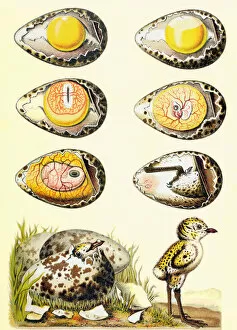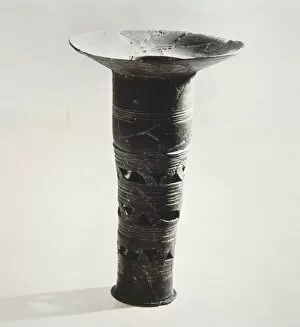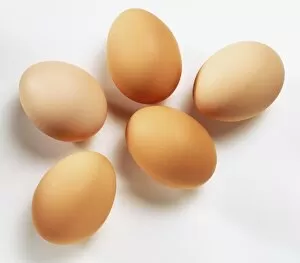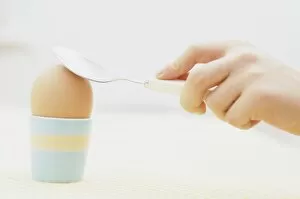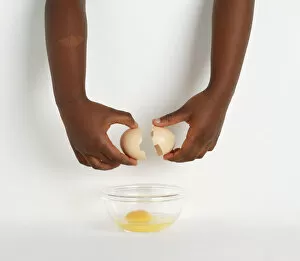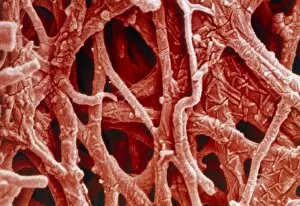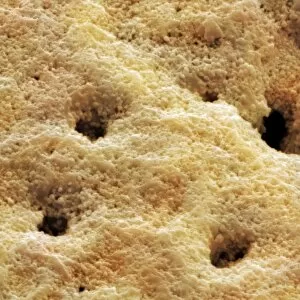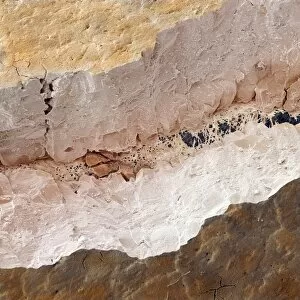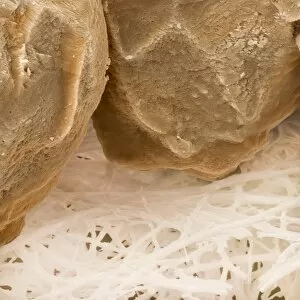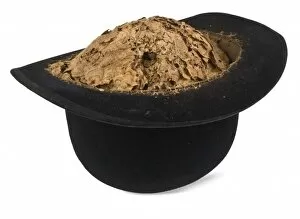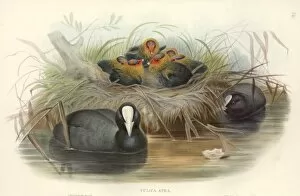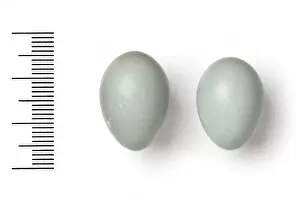Eggshell Collection (#3)
"Eggshell: A Glimpse into the Past and a Symbol of Fragility" Step back in time to 1897 with the captivating lithograph of Birds eggs, where the Pinguinus impennis
For sale as Licensed Images
Choose your image, Select your licence and Download the media
"Eggshell: A Glimpse into the Past and a Symbol of Fragility" Step back in time to 1897 with the captivating lithograph of Birds eggs, where the Pinguinus impennis, commonly known as the great auk, takes center stage. This magnificent bird's egg is showcased on an intricate eggcup stand within a cutout Christmas card, adding a touch of elegance to holiday festivities. Delve even further into history with the Yongzheng Period Plate, which depicts delicate eggs nestled amidst ornate designs. These eggs symbolize new beginnings and fertility across cultures throughout centuries. The rarity and significance of great auks' eggs cannot be overlooked. Spallanzani's great auk egg, Tristram's great auk egg, Lord Lilford's great auk egg - each one tells its own story. These precious artifacts serve as reminders of this extinct species that once roamed our planet. But it is not just their historical value that makes eggs so intriguing; they also represent fragility and vulnerability. Just like an they are easily crack under pressure, so too can we humans face challenges that test our strength and resilience. Eggshells have become synonymous with Easter celebrations worldwide. German Easter cards adorned with chicks emerging from colorful shells capture the joyous spirit of this season perfectly. In Victor Hicks' cartoon "The Bad Egg of Europe. ", we are reminded how fragile peace can be in times when conflicts arise among nations. The symbolism behind an innocent-looking eggshell carries profound messages about unity and harmony in our world. So next time you come across an unassuming eggshell or admire its depiction in art or literature, take a moment to reflect on its rich history and symbolic meaning. From ancient civilizations to modern-day interpretations, these fragile remnants continue to captivate us all – reminding us both of life's transience and its potential for renewal.





